The editor sets up another experiment to ease his obsessive ballistic mind
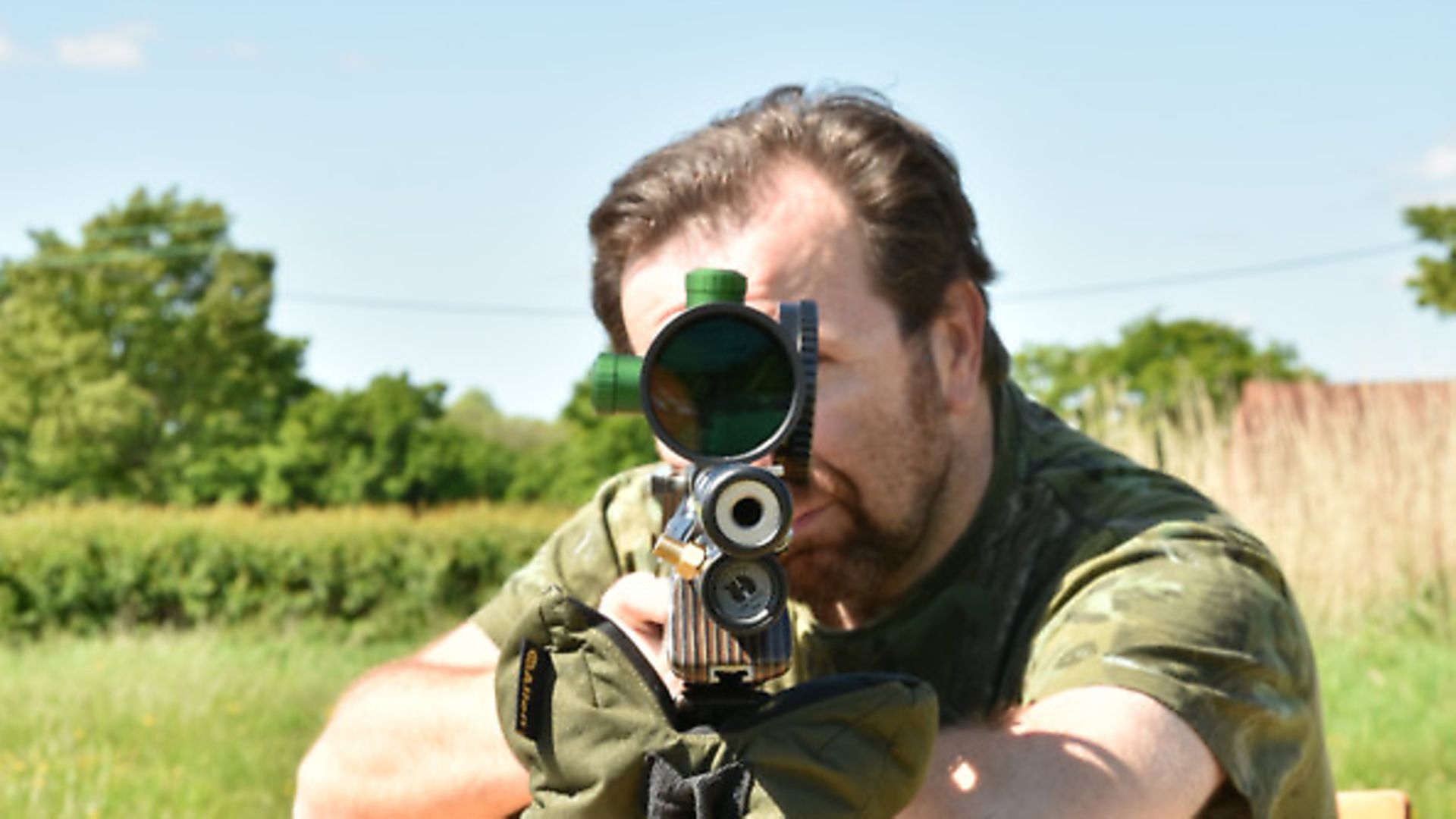 credit: Archant
credit: Archant
My mind is always searching, struggling, and trying to understand airgun ballistics, which I believe are not totally understood by anybody I’ve ever met. Seven years ago when I was a freelance writer, I had the luxury of time to run all kinds of experiments and I learned some fascinating information about terminal ballistics for hunters. What I’d like to understand next is more about accuracy. Having fired hundreds of thousands of pellets over three decades, I’ve come up with a hypothesis which is this: The variation in velocity at long range is the cause of inaccuracy. Yes, I know that’s a sweeping statement, but I’ve got an idea about how we could find out if it’s true.
Firstly, let me explain why I think it might be the case. Variation in velocity from one shot to the next affects the trajectory, i.e. a pellet that flies faster will fly flatter, and one that flies slower will fall to earth sooner. I think we can all agree on that. The slower flying one will also be more affected by the wind, and in 99.99% of cases, the wind does have an effect, no matter how small. The wind can influence the pellet’s flight up, down, left, right, and from in front and behind. Left and right are easy to understand, but the other effects are less obvious. A head wind can slow the pellet, whilst a tail wind can make it faster. An up draught could lift it and a down draught would force it low. That’s a lot to think about, so wrap your head around this - what if a combination of all these effects occur during one flight? It can and does happen.
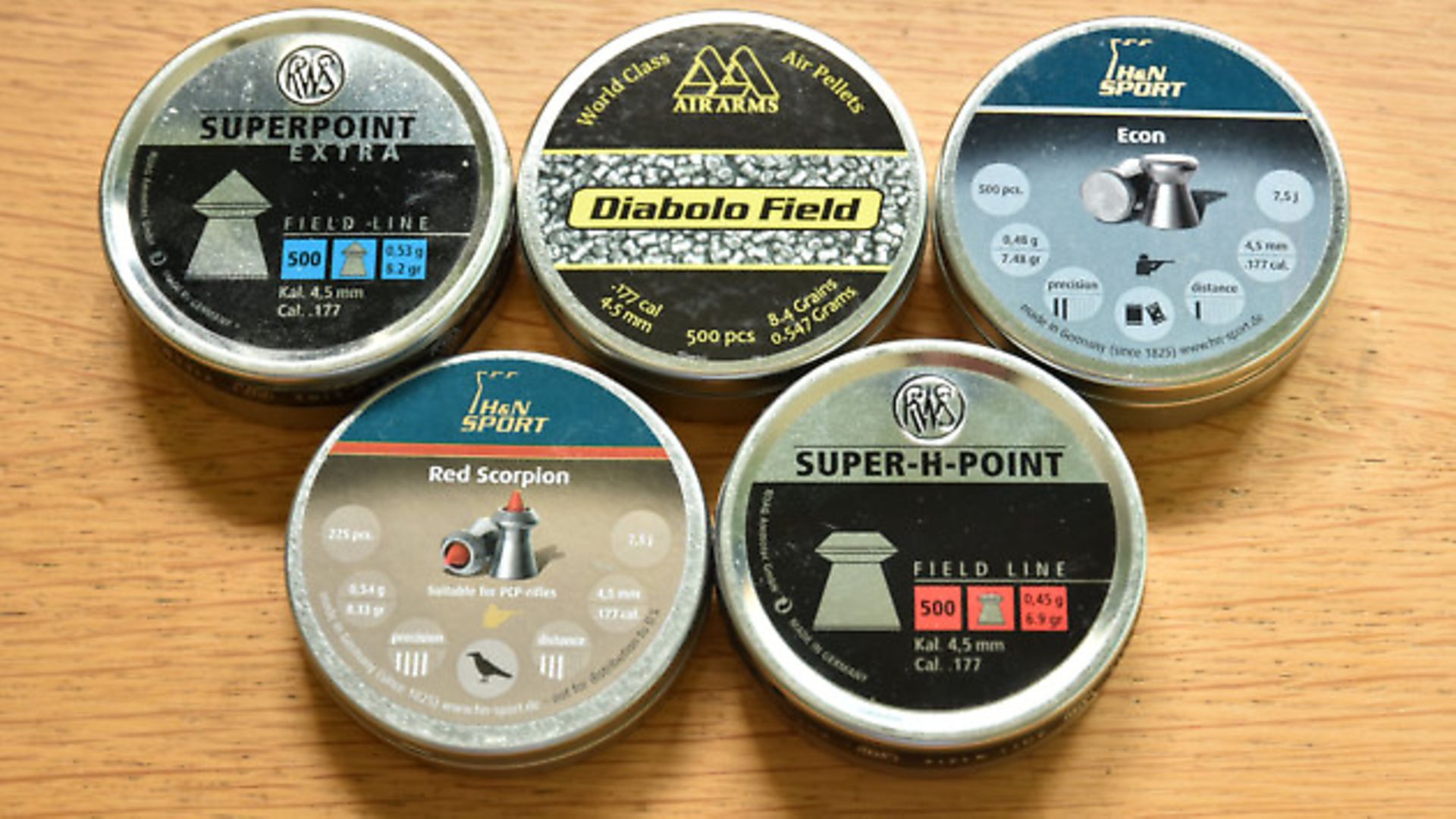 credit: Archant
credit: Archant
Here’s what I think
It’s my belief that what we want is a pellet that flies as consistently as possible, so that we don’t add yet more variables to this head-spinning problem. Pellets made to the very highest standard and tightest tolerances are our friends, and anybody who is interested in accuracy has seen this to be evident in the field. The serious competition guys take this further still by washing, weighing and sorting their pellets to eliminate any variables they have in their control.
My challenge is to examine this idea in a way that can be clearly demonstrated and understood, so I decided to shoot different types of pellet; some known to perform well, and some that are best kept for shorter range use, at 35 yards, which I consider a long way for an airgun pellet to fly. A chronograph will be placed in front of the target card, recording the terminal velocity, and if my thinking is right, the most accurate pellets will also be the most consistent.
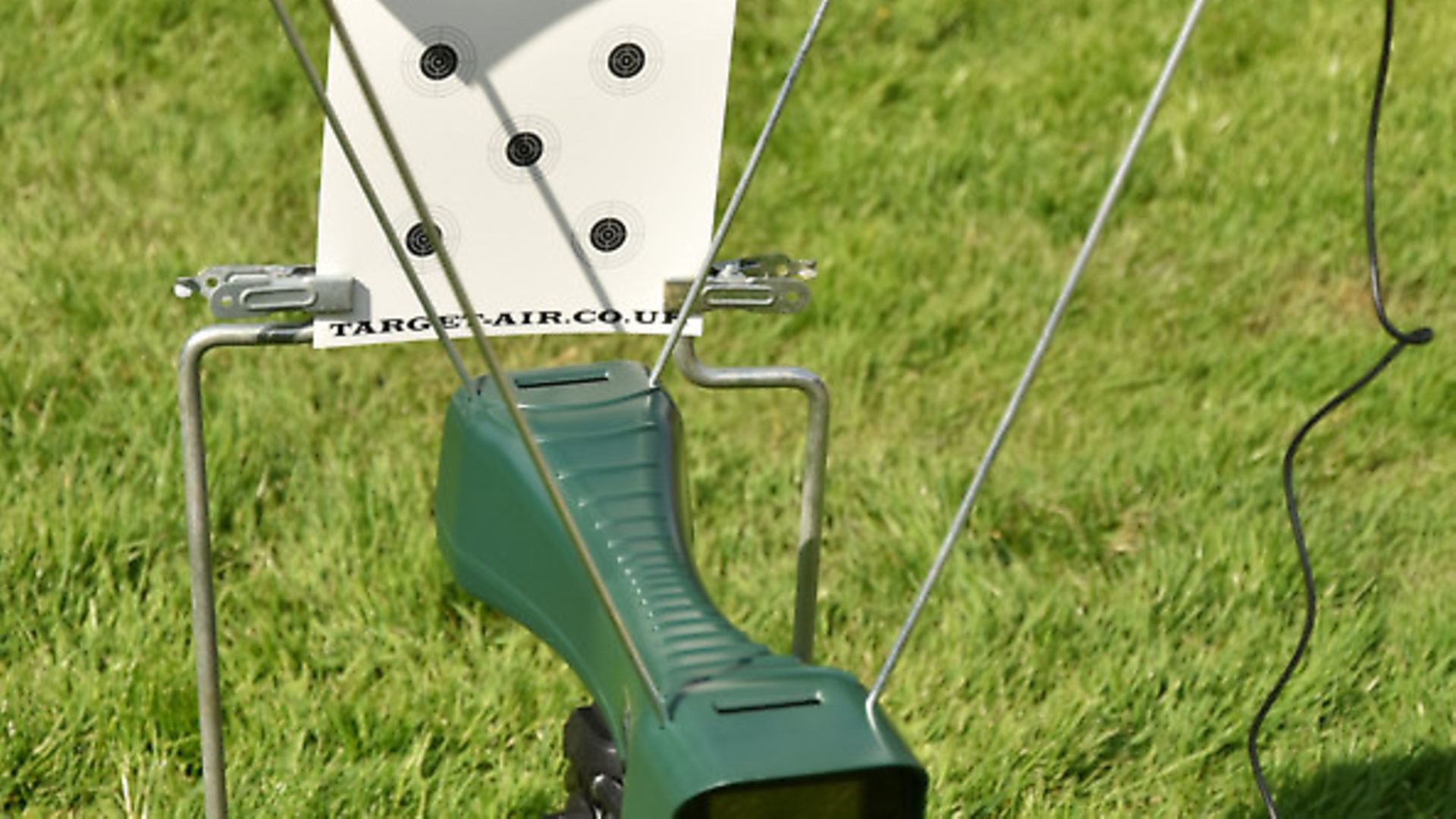 credit: Archant
credit: Archant
You might well ask why don’t I just chronograph them at the muzzle, which is far easier, and the answer is - I don’t care about muzzle velocity. It’s only part of the story and I’m trying to look at the overall effect. My belief is that inaccurate pellets will have a huge variation in velocity at 35 yards and are being greatly influenced by trajectory and the effect of the wind.
Edgar Brothers supplied me the key piece of kit for this experiment - a Caldwell Precision Ballistics chronograph that has its own light source for the sensors, making it accurate and reliable indoors and out, no matter what the sky looks like. The large digital readout allows me to sit at a bench and shoot and still be able to take the numbers.
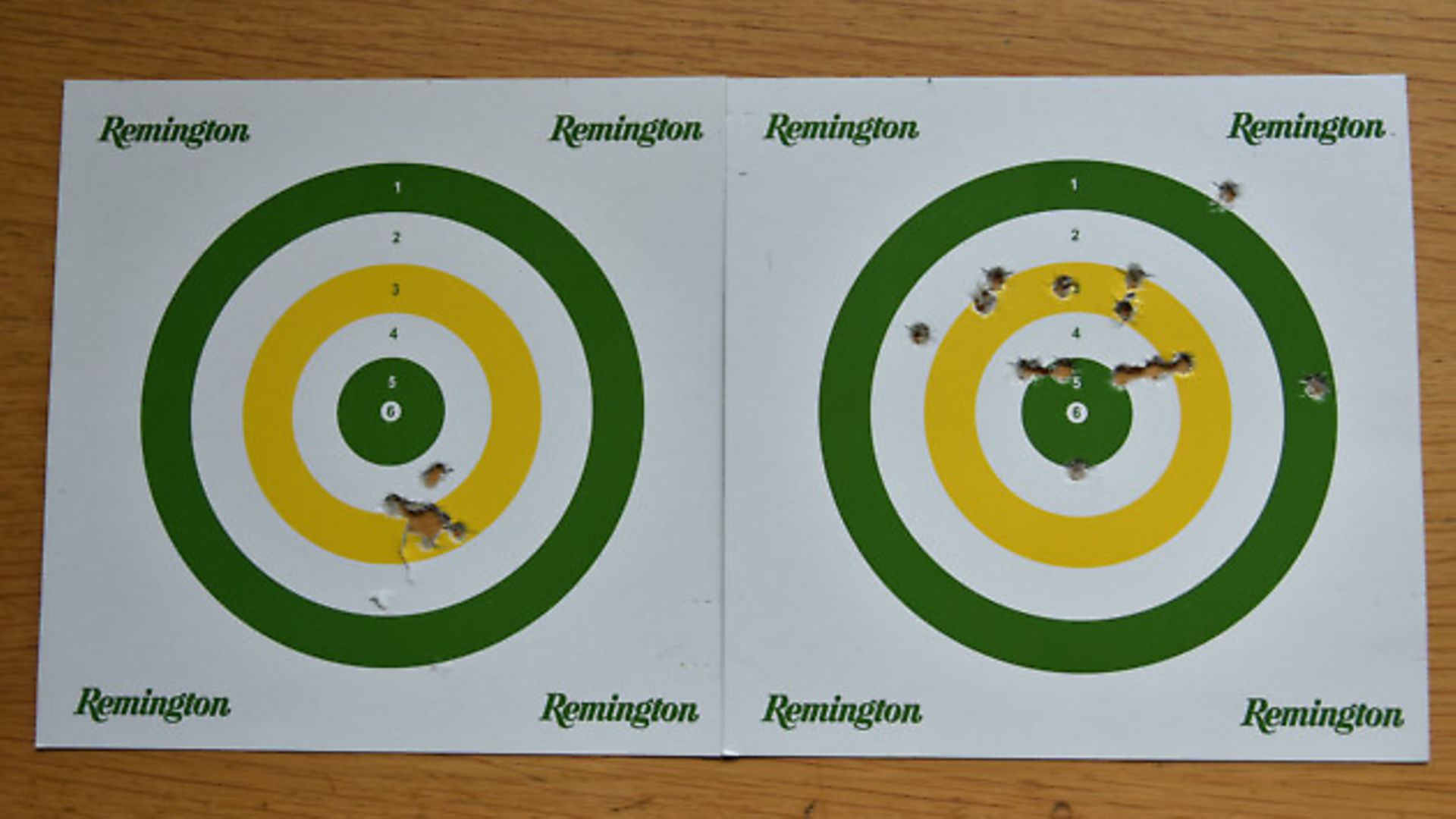 credit: Archant
credit: Archant
In my efforts to eliminate variables and bad shooting, I asked Air Arms to loan me an FTP900 competition rifle, which is highly accurate and very consistent. On top, I mounted a Nikko Stirling Diamond Sportsman 10-50 x 60 target scope to allow the most precise aiming. As ever, I entrusted mounting duties to Sportsmatch.
Ammo
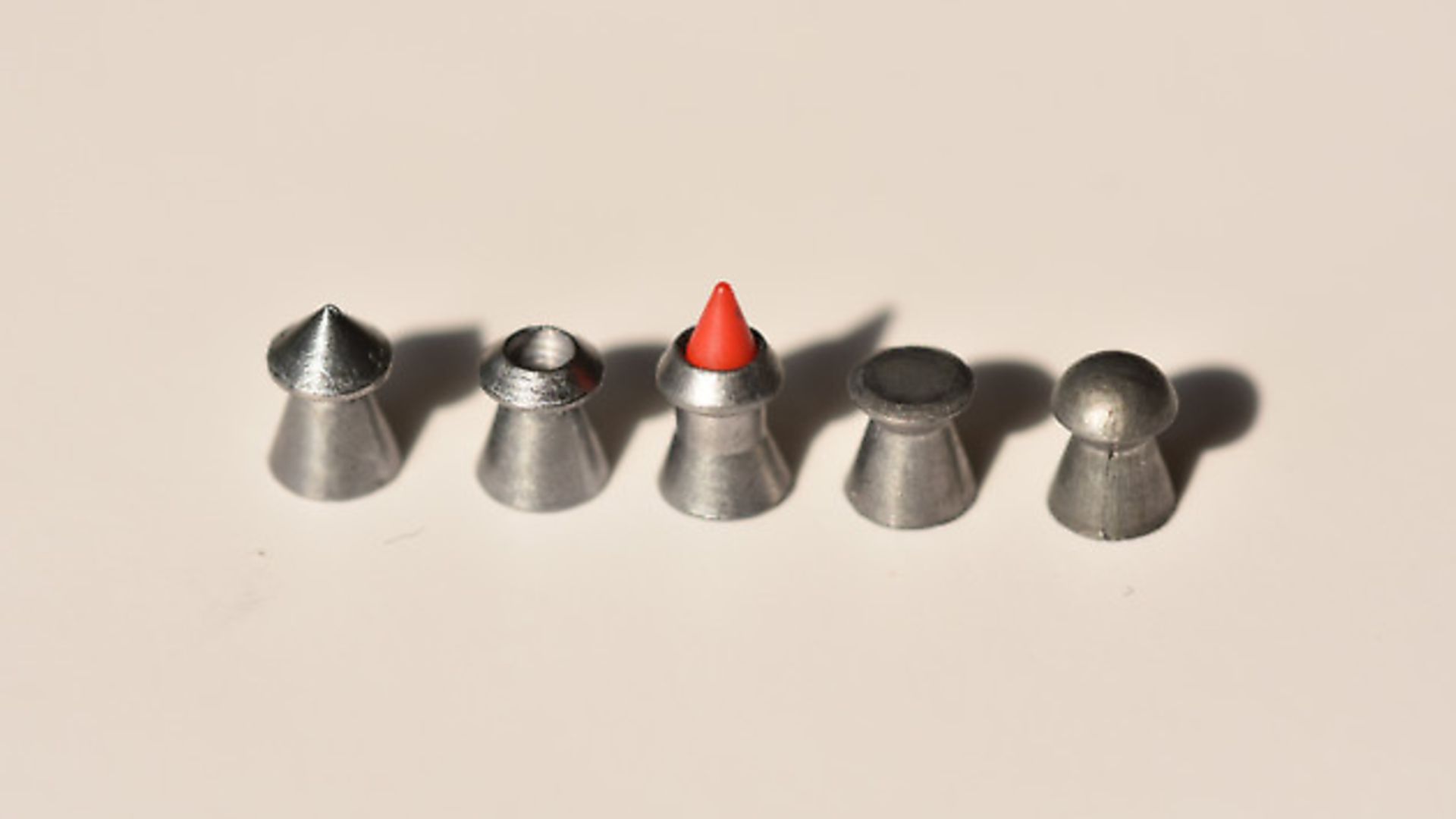 credit: Archant
credit: Archant
All that was left was to choose pellets that represent the four main pellet types, from well-established manufacturers; namely, round heads, pointed, wadcutters and hollow points, and for my own interest, I added a novel design that’s being promoted. Everybody I know who shoots seriously, be that in FT, HFT or hunting, uses high-quality round heads, and I guessed they would be the most accurate, but would that show up in down-range velocity consistency?
I theorised that wadcutters and hollow points don’t want to slip through the air cleanly and that any variation in their manufacturing could exaggerate the large amount of drag they suffer shot-to-shot. Pointed pellets have similarly poor ballistic coefficients and perhaps that’s why their long-range accuracy cannot match the best. Only some serious range time will tell.
In the past, I’ve seen my theories fall flat on their faces, and for all I know this one will do the same. Next month I’ll give you my preliminary results, warts and all. I’ve got a feeling we may all learn something!